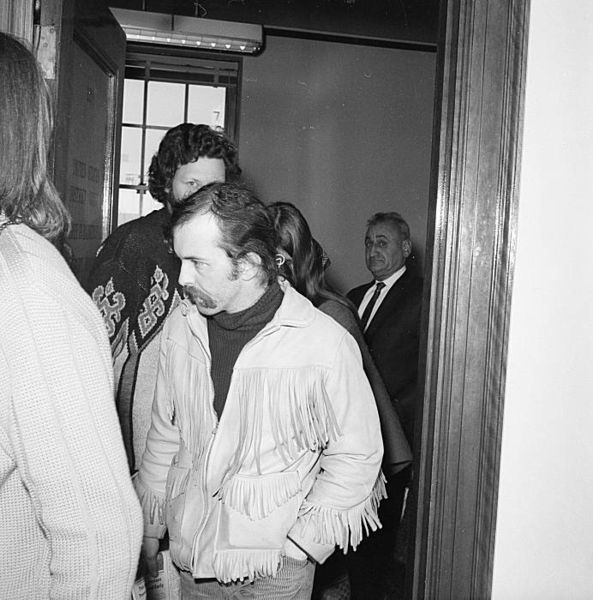From Erik Davis’ Aeon essay about renewed research into psychodelic drugs, a passage about the way we tend to characterize drugs based on our own fears and desires:
“When the legendary acid chemist Augustus Owsley Stanley III was pressing his famously pure LSD into pills for people such as Ken Kesey and the Merry Pranksters in the 1960s, he dyed the batches different colours. The colours led to various brand names — Purple Haze, Blue Cheer — which in turn were linked, experientially, to different sorts of effects, even though the quality and amount of acid was effectively the same. Something similar is happening to cannabis today, at least in an increasingly deregulated America, where the red-hot market for ‘medical’ marijuana products has led to a complex and overhyped mythology of targeted effects.
Of course, some of the most powerful stories about psychoactives are told by the state, even if those stories are frequently garbled and contradictory. In the US, for example, the pleasant Polynesian rootkava-kava is available on the herbal shelves, while the pleasant Yemeni stimulant khat is controlled. In the UK, the reverse is true. Of course, the stories told about psychedelics like LSD were more demonising, and in 1967 the US government classified it as a highly controlled substance, a year after it became illegal in California. This regulatory act — a new story, if you will — thrust the compound even deeper into the underground, where its meanings proliferated along a myriad of spiritual, artistic, musical, sexual and social vectors that continue to morph their way through society and culture to this day. However, by definitively transforming LSD into an ‘illegal drug’, the state’s story also brought to a halt a wide range of legitimate, board-certified psychological and pharmacological studies that, in their time, might have reframed Hofmann’s molecule into narratives not so heavily freighted with the baggage of countercultural values.
Today, the meaning of LSD and other psychedelics is once again up for grabs.”


